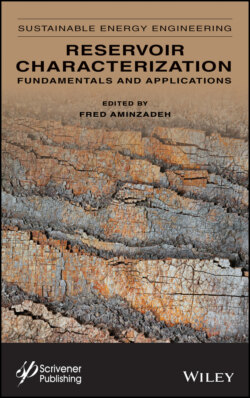Читать книгу Reservoir Characterization - Группа авторов - Страница 19
1.4.1 Exploration Stage/Development Stage
ОглавлениеThe pre-development (exploration) phase requires delineation of the reservoir limits and assessment of its economic feasibility. Development stage requires somewhat more accurate assessment of the reservoir extent, better appraisal of the economic viability of the reservoir and placement of new wells for further delineation of the reservoir. More detailed depth imaging using advanced geophysical methods, borehole geophysics applications as well as fault seal analysis, and better understanding of reservoir compartmentalization are some of the objectives of reservoir characterization at this stage. At this stage it is necessary to determine the reservoir drive mechanism and the size and strength of the aquifer. At the development phase, reservoir continuity rather than reservoir delineation becomes the focus. The focus in this phase is to identify the structural extension or truncation beyond well control in order to minimize the drilling of dry holes. While the pre-development and development phase require considerable attention to reservoir characterization. Geophysicists construct an initial model by correlating lithology, porosity, net pay thickness and other properties at the well location using seismic attributes from surface 3D seismic, VSP and synthetic seismograms. The initial model is then updated by computing seismic attributes between the wells in order to predict reservoir properties in 3D. Seismic attributes like acoustic impedance, variations in amplitudes, frequencies, interval velocities and instantaneous phase are applied in the computation.
